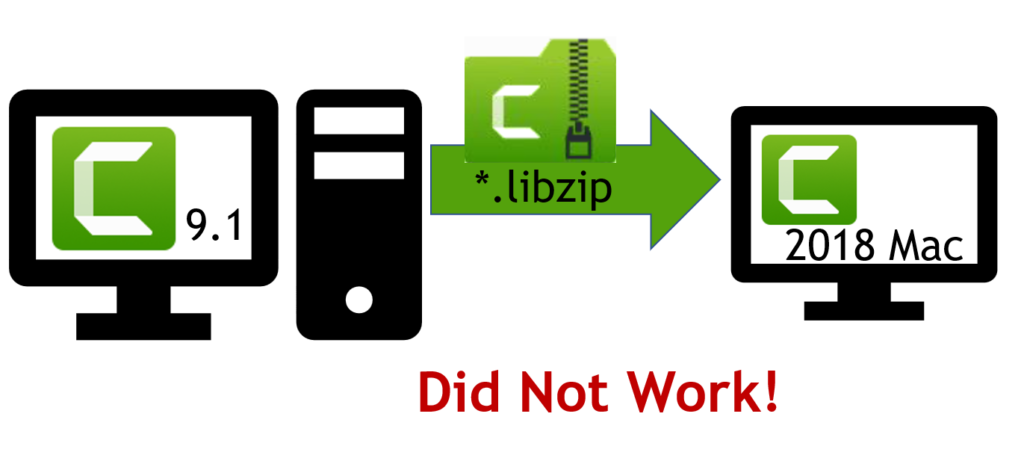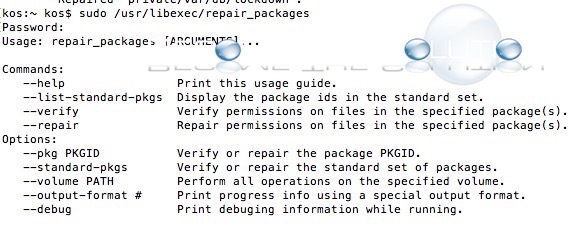Where Is Library On Mac 2018
Though we store more and more of our music online these days, a hard-copy backup is still the gold standard for keeping your data safe. And if you use Apple Music or iCloud Music Library, the best way to do that is still iTunes.
- Where Is Library On Mac 2018 Release
- Mac Where Is Library Folder
- Apple Mac Mini 2018
- Mac Pro Desktop 2018
The GrabCAD Library offers millions of free CAD designs, CAD files, and 3D models. Join the GrabCAD Community today to gain access and download! Shop; Print; Workbench. Mac Mini 2018 front.png. November 27th, 2018 Mac Mini 2018 Corner.png. November 27th, 2018 Mac Mini 2018.f3z. November 27th, 2018 View comments (1). Mar 27, 2018 How to Play Audio Files on Mac Without iTunes by Using QuickTime. QuickTime also offers a simple way to play nearly any audio file on a Mac without having to use iTunes at all, thereby preventing the audio file from being added to either an iTunes Library or iTunes playlist. MAC Midwinter 2018 Agenda (Network Development and MARC Standards Office, Library of Congress) The Library of Congress Librarians, Archivists Standards. MARC 21 HOME MAC Midwinter 2018 Agenda. MARC Advisory Committee (MAC) ALA Midwinter CONFERENCE February 10-11, 2018 Denver, CO. Approval of minutes from MAC June 2017 meetings. The minutes of the meeting at ALA Annual in Chicago, IL, June 24-25, 2017, were approved, with one minor correction. Business Meeting/Other. Matthew Wise (Chair) reported on the approval by the MARC Steering Group & Chair of a 'fast-track' proposal from the Music Library Association which resulted in the following changes: 1) making.
There are a few ways to back up your iTunes library; it's important to choose one and regularly back up so that you won't have to worry about your local copy getting lost or damaged. My music — at least for me — is one of those must-backup items; I don't want to have to manually re-build or re-buy thousands of tracks.
First: Make sure your entire library has been locally downloaded
If you use iCloud Music Library or the iTunes Store, you may have some or all of your music stored in the cloud. But to truly make sure your purchased and owned content is backed up, you'll want to download a local copy to your Mac. Here's the best way to do so:
To download specific items in your iCloud Music Library right now to your Mac's drive, do the following:
Where Is Library On Mac 2018 Release
Launch Music (or iTunes on Mojave and earlier) on your Mac.
Source: iMore
- Find the Artist, Albums, or Songs that you want to download.
Click the .. button to bring up a pop-up menu.
Source: iMore
Click Download to initiate the download of these items.
Source: iMore
And if you want to start automatically downloading everything that you add to your Apple Music library from this point forward, then it's easy peasy! Here's how:
Launch Music (or iTunes on macOS Mojave and earlier) on your Mac.
Source: iMore
- Click Music in the menu bar.
Click Preferences (or press ⌘, on the keyboard).
Source: iMore
Make sure you're in the General tab.
Source: iMore
Click the box for Automatic Downloads to turn it on.
Source: iMore
Once that is turned on, any music you add to your Apple Music library will be downloaded automatically to your Mac's hard drive.
How to back up iTunes via Time Machine or another backup service
If you have Apple's Time Machine backup system enabled — or any other cloud — or system-based backup — your iTunes library should automatically be covered. This way, if you ever need to restore, you can just pop back in Time Machine's History (or a past backup from CrashPlan or Carbon Copy Cloner, for example) to retrieve it.
How to manually back up your iTunes library
If you're not employing a Mac-wide backup service (really, you should get on that), or if you just want to manually back up your iTunes library separately, here's how to go about that.
Consolidate your library
To ensure that all of your iTunes files are in the same place when you make a manual backup, you should first consolidate your iTunes library.
- Make sure you've downloaded a local copy of your music to your Mac.
Launch Music (or iTunes in macOS Mojave or earlier) on your Mac.
Source: iMore
- Click File in the upper left corner of your Mac's screen.
Hover your cursor over Library in the drop down menu.
Source: iMore
Select Organize Library from the secondary menu.
Source: iMore
Tick the box for Consolidate Files when the Organize Library window appears.
Source: iMore
Click OK.
Source: iMore
This will make a copy of all files in the iTunes media folder, leaving the originals in their current location.
Copy your iTunes library to a backup source
- If you are using an external hard drive, connect it to your Mac using a USB cable.
- Click on Finder to open a Finder window.
Select your Mac's Hard drive.
Source: iMore
Click on Music in the sidebar.
Photo viewer for windows 10 that imports mac photo library. Source: iMore
Select the Music folder (or iTunes on macOS Mojave and earlier) and drag that folder to the external hard drive icon on your desktop or copy it to your online backup service.
Source: iMore
- Click Authenticate, if prompted, to give permission to make a copy of the iTunes folder.
- Enter your administrator password.
Click OK.
Source: iMore

The copy process will begin. This could take a very long time, depending on how big your Music/iTunes library is. So, sit back, relax, watch a movie, or whatever you do to pass the time.
Desperate times call for desperate measures
If you are about to do something wild with your Music or iTunes library and don't have a way to back it up on an external drive or online backup service, you can make a temporary backup that you store right on your Mac. This is, by no means, a solid backup plan, but can be useful in a pinch.
Note: After making a copy, it is a good idea to move the copied folder to an easy-to-find location that is separate from any folder you plan to make changes to (like the Music folder). This copied folder should be deleted immediately after it is no longer needed because it takes up extra space on your computer's hard drive unnecessarily and could cause confusion with your most current Music or iTunes folder.
- Click on Finder to open a Finder window.
Select your Mac's Hard drive.
Source: iMore
Click on Music in the sidebar.
Source: iMore
Right-click or control-click on the Music folder (or iTunes folder if you're still on macOS Mojave or earlier).
Source: iMore
Select Duplicate from the drop down menu.
The copy process will begin. This could take a very long time.
Source: iMore
Move the copied iTunes or Music folder to a new, easy-to-find location.
- Delete the copied iTunes or Music folder once you no longer need the temporary backup.
Any questions?
Running into issues making an iTunes backup? Pop them in the comments below.
March 2020: These are still the current steps for how to back up your music.
Serenity Caldwell contributed to an earlier version of this guide.
Backing up: The ultimate guide
Main
Power upAnker's PowerCore Wireless 10K charger is a battery pack without the fuss
Anker is out with a new wireless battery pack that'll keep things ticking along no matter where you are.
Photos in your System Photo Library are available in apps like iMovie, Pages, and Keynote. You can also sync them to iOS devices and view them on Apple TV. And if you want to use your own images as your desktop picture or screen saver, the images need to be in your System Photo Library before you can select them in System Preferences.
If you have only one photo library, then it's the System Photo Library. Otherwise, the first photo library that you create or open in Photos will become the System Photo Library. If you have more than one library, you might need to designate a System Photo Library, so other apps can access the photos and videos you want them to use.

Mac Where Is Library Folder
Follow these steps to designate a System Photo Library:
Apple Mac Mini 2018
- Quit Photos.
- Hold down the Option key and open Photos. One of the photo libraries is already designated as YourLibraryName (System Photo Library).
- Choose the library you want to designate as the System Photo Library.
- After Photos opens the library, choose Photos > Preferences from the menu bar.
- Click the General tab.
- Click the Use as System Photo Library button.
If you open a second or different library in the Photos app, and you haven't designated it as the System Photo Library, other applications will use photos from the original System Photo Library. Hold down the Option key when you open Photos to see which library is set as the System Photo Library.
iCloud and the System Photo Library
You can use iCloud Photos, Shared Albums, and My Photo Stream only with the System Photo Library. If you choose a different library in Photos without designating it as the System Photo Library, the iCloud tab in Photos preferences is disabled:
Mac Pro Desktop 2018
If you designate a new library as the System Photo Library and then turn on iCloud Photos, the photos and videos in the new library will merge with those already in your iCloud Photos. If you want to keep the contents of your photo libraries separate, don’t turn on iCloud Photos for more than one library in Photos.
